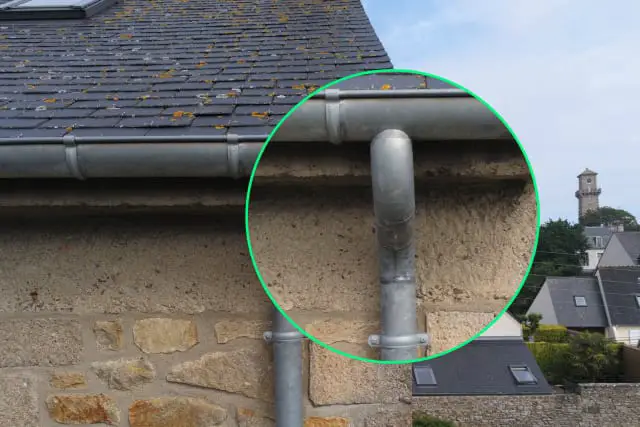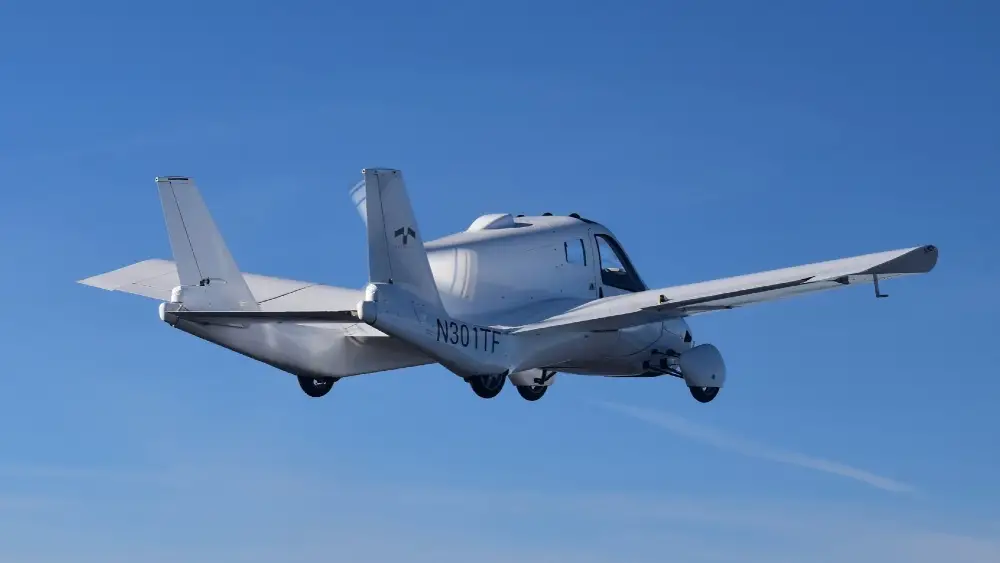
Advantages and disadvantages of flying cars
Flying cars have been a staple of science fiction for decades, and while they may have once seemed like a far-off dream, recent technological advancements have made them a real possibility.
The concept of flying cars is simple: vehicles that can take off and land vertically, allowing them to bypass road traffic and travel directly from one destination to another. The idea of flying cars is not new, but it’s only in recent years that the technology required to build them has become available.
A brief history of flying cars
The concept of flying cars dates back to the early 20th century when inventors first started exploring the idea of personal aircraft. The first flying car was built in 1917 by an inventor named Glenn Curtiss.
However, it wasn’t until the 1940s that the prototypes of what we would now recognize as flying cars began to emerge. In 1949, the Aerocar was developed in the United States and first flown in 1950. These early flying cars were never mass-produced, but they demonstrated the feasibility of the concept.
What does the future hold for flying cars, from those early flying cars to modern designs?
Advantages of flying cars
While flying cars may seem like a futuristic concept, they offer a number of compelling advantages over traditional ground-based vehicles. From increased mobility and convenience to improved safety and environmental benefits, flying cars have the potential to revolutionize the way we travel. Let’s take a closer look at the specific advantages of flying cars and what they could mean for the future of transportation.
Increased mobility and convenience
One of the biggest advantages of flying cars is increased mobility and convenience. With the ability to take off and land vertically, flying cars could bypass road traffic. This would lead to increased accessibility, especially for those who live in areas where traffic is particularly congested or have limited public transportation access.
Reduction of traffic congestion
Traffic congestion is a major problem in many cities around the world. It not only wastes time but also contributes to air pollution, increased stress levels, and decreased quality of life.
Flying cars would help to reduce traffic congestion by allowing people to bypass road traffic and travel directly from one destination to another.
Time-saving
Flying cars can potentially become a time-saving mode of transportation in certain scenarios. Compared to traditional ground-based transportation options like cars, buses, and trains, flying cars can travel straight from point A to point B without the constraints of roads or traffic. This could potentially make them a faster mode of transportation, especially for longer distances or in areas with heavy traffic congestion.
Improved emergency response times
Emergency response times are critical in situations where every second counts. Traditional ground transportation methods such as ambulances, police cars, and fire trucks are often limited by traffic congestion, road closures, and other obstacles. Flying cars could potentially eliminate these challenges, enabling emergency responders to reach their destinations more quickly and efficiently.
Flying cars could also respond faster when traditional transportation methods are not practical or feasible. For example, in the event of a natural disaster or a large-scale emergency, traditional ground transportation may not be able to access certain areas due to debris, damage, or other obstacles. Flying cars, however, could provide a quick and efficient means of getting emergency responders to these areas, helping save lives and provide critical assistance.
Another advantage of flying cars for emergency response is their ability to access hard-to-reach locations. For example, ground transportation may be limited or nonexistent in remote or mountainous areas. With the ability to fly, emergency responders could reach these areas quickly and efficiently, providing critical aid and assistance to those in need.
Environmental benefits and reduced carbon footprint
If we assume that flying cars become a viable mode of transportation, several potential environmental benefits could be realized. One potential benefit is that flying cars could potentially reduce the number of cars on the road, which could help to reduce traffic congestion and air pollution associated with cars. Additionally, electric flying cars would produce lower emissions than traditional gasoline-powered cars, which would have positive environmental impacts.
In addition, flying cars could also help reduce the need for building and maintaining traditional road infrastructure, which could have positive environmental impacts. By reducing the amount of land required for roads and the associated carbon emissions from their construction, flying cars could help to preserve natural habitats and reduce carbon emissions associated with infrastructure development.
Finally, flying cars could allow people to travel more quickly and efficiently. By reducing the time people spend in transit, flying cars could help reduce the energy associated with transportation. Thus, flying cars would have a reduced carbon footprint compared to traditional road vehicles.
Disadvantages and challenges of flying cars
However, as with any new technology, there are also a number of challenges and disadvantages associated with flying cars. From the high cost of development and operation to technical and regulatory hurdles, the road to the widespread adoption of flying cars is far from smooth. In this section, we’ll examine the specific disadvantages of flying cars and what needs to be done to overcome these challenges.
High initial investment and cost
The high initial investment required to build flying cars is a major barrier to widespread adoption. Flying cars are still in the early stages of development, and the cost of building and operating them is still very high. This high cost would make flying cars unaffordable for most people, limiting their widespread adoption.
Technical challenges
Another disadvantage of flying cars is the technical challenges associated with their design and manufacture. Flying cars are complex machines, and many technical challenges must be overcome before they can be mass-produced. These challenges include safety and reliability concerns, as well as the complexity of the design and manufacturing process.
Safety and reliability concerns
Safety and reliability are also major concerns for flying cars. With the ability to fly, flying cars would be subject to stricter safety regulations than ground-based vehicles. Unlike traditional cars, flying cars operate in three-dimensional space and at higher altitudes, which presents unique safety challenges. Safety systems must be in place to prevent mid-air collisions, to ensure the vehicle can handle unexpected weather conditions, and to ensure safe landings.
Ensuring the safety and reliability of flying cars would require significant investment in research and development, as well as ongoing maintenance and inspection.
Need for specialized infrastructure
Flying cars require specialized infrastructure, including landing pads, charging stations, and air traffic control systems. This infrastructure must be built and maintained to ensure the safe operation of these vehicles. Ensuring this infrastructure is in place would require significant investment and coordination between governments, private companies, and communities.
Regulatory hurdles and safety standards
Flying cars are also subject to stringent safety regulations and must meet strict safety standards. However, the regulatory environment for flying cars is not yet fully defined, which presents a significant challenge for their mass adoption. Regulations must be implemented to govern the operation of flying cars, including rules for licensing, air traffic control, and safety standards. Furthermore, the regulatory process for approving new technologies like flying cars can be lengthy and complex, further delaying their widespread adoption.
Noise concerns
Flying cars could generate significant noise pollution, especially during takeoff and landing. To address this, designers must create efficient and quiet propulsion systems that minimize noise.
Public acceptance
Finally, flying cars must overcome public skepticism and gain acceptance as a legitimate form of transportation. This may not be easy, given the long history of failed attempts to create flying cars. Designers must focus on creating safe, reliable, and accessible vehicles to win over public support.
Conclusion
Flying cars have the potential to revolutionize transportation, offering increased mobility, convenience, and safety, as well as environmental benefits. However, there are also a number of challenges that must be addressed before flying cars can become a reality. The cost of building and operating flying cars, technical challenges, and infrastructure and regulatory hurdles are all significant barriers to widespread adoption.







